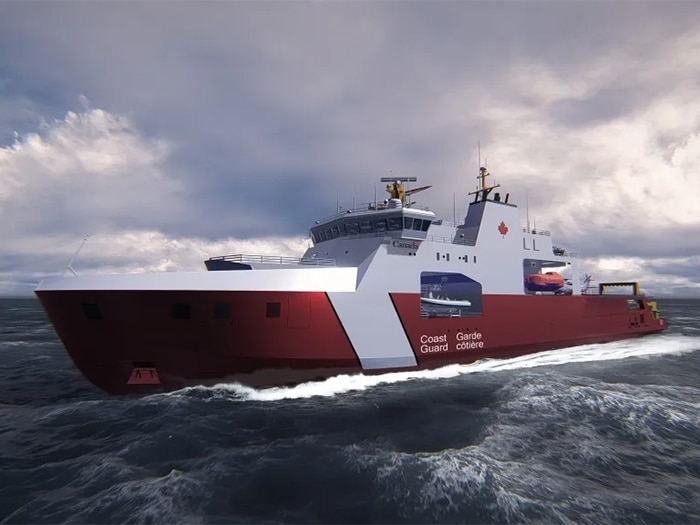
Scorpio Bulkers (SALT) announced the signing of a Letter of Intent (LOI) to construct a wind turbine installation vessel (WTIV), due for delivery in 2023 with the option for up to three additional vessels. The total cost of the project is expected to be in the range of USD 265-290 mn, subject to final design specifications. Based on the preliminary information, the 148-meter long vessel would run on hybrid-battery power and will be fuel cell ready.
Given the embryonic stage of the sector, there is a shortage of WTIV vessels capable of installing large turbines in deep waters. SALT has claimed that at least 10 more vessels will be needed by 2024 to meet the global demand. At present, the contract rates for such vessels is as high as USD 220,000pd, thereby providing their operators with ample cash flows and liquidity.
At present, there are 7,233 offshore turbines installed around the globe. Based on IEA forecasts, this number, however, is expected to skyrocket to 26,900 by 2030. On the other hand, the other factor, the turbine sizes are also expected to increase. Based on a report by Global Wind Energy Council (GWEC), in 2010, the largest commercially available wind turbine was 90 meters with capacity of 3MW. In 2021, there are expectations of a turbine as big as 220 meters, with generation capacity of 12MW. Technological advancements coupled with cheap cost of wind turbines are the key drivers of this sector.
Offshore wind energy outlook: As green as renewables can get
Data from November 2019 implies that offshore wind energy provides less than 0.3% of global power generation, but in the coming years, this sector is expected to grow beyond USD 1tr. Turbines are growing, both in size and capacity, which in turn is delivering cost improvements and efficiency for offshore wind farms.
The global offshore market grew by 30% CAGR between 2010 and 2018, with about 150 ongoing projects as at end 2019. However, none of this comes close to what offshore wind energy has to offer. Studies show that offshore wind has the potential to generate over 420,000 TWh per year, which is more than 18 times today’s world energy demand.
press release – Drewry














